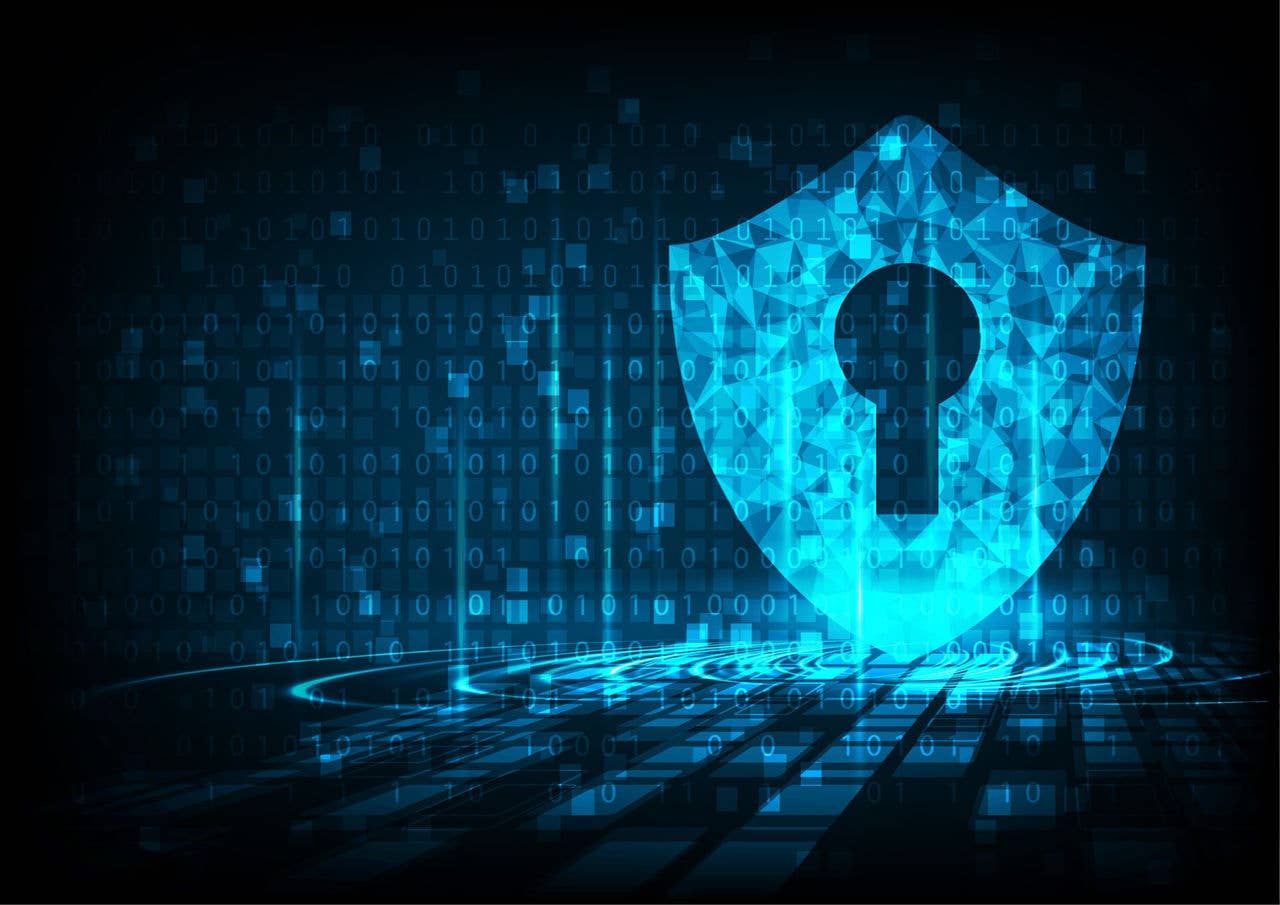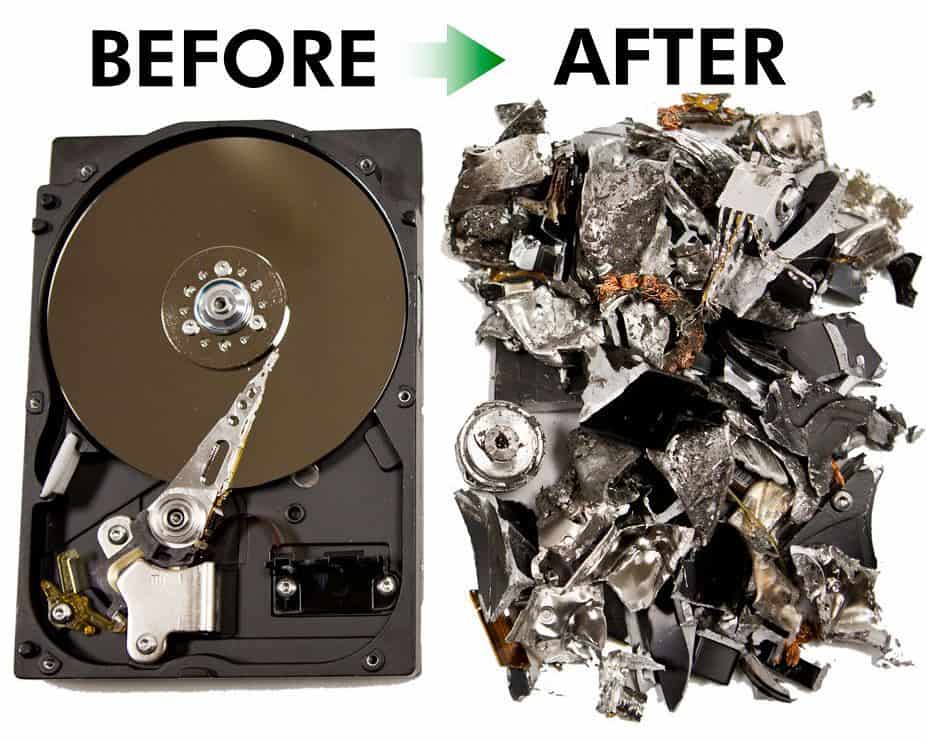Crucial Cyber Security Practices for Effective Data Destruction Strategies
Crucial Cyber Security Practices for Effective Data Destruction Strategies
Blog Article
Exactly How Correct Data Devastation Adds to Robust Computer System Safety Services and Mitigates Dangers of Information Violations
In today's electronic landscape, the relevance of proper data damage can not be overemphasized, as it functions as a basic element of extensive computer system safety and security services. By implementing efficient data erasure techniques, organizations not only protect sensitive information from unauthorized accessibility however also strengthen their compliance with governing frameworks - data destruction. Nevertheless, the implications of insufficient information damage expand beyond simple conformity; they can profoundly affect a company's cybersecurity stance and credibility. Recognizing these dimensions increases crucial concerns concerning the practices in position and their efficiency in an age of intensifying cyber risks.
Significance of Data Damage
In today's digital landscape, the relevance of data destruction can not be overemphasized. As organizations significantly rely upon electronic assets, the prospective threats related to data breaches and unapproved access intensify. Efficient data destruction is a crucial part of a thorough information safety and security technique, protecting delicate information from coming under the hands of malicious stars.
When data is no much longer required, just removing data or formatting hard disks is insufficient. Residual information can typically be recouped using readily offered tools, positioning considerable threats to both people and organizations. This emphasizes the necessity for durable data destruction practices that make sure all information is irretrievably eliminated.
Additionally, regulative conformity requireds, such as GDPR and HIPAA, highlight the commitment to protect delicate data, including its proper disposal. Non-compliance can result in serious lawful consequences and economic penalties. data destruction. Thus, integrating reliable data devastation protocols not only boosts protection however also strengthens a company's credibility and trustworthiness

Techniques of Secure Data Erasure
Numerous reliable approaches of protected data erasure can be used to ensure that sensitive information is permanently gotten rid of from storage devices. One widely identified technique is information overwriting, which entails replacing existing data with arbitrary patterns several times. This technique considerably minimizes the possibilities of data recovery, although it may not be reliable versus innovative forensic strategies.
/prod01/channel_3/media/tcd/itservices/images/Untitled-design-(26).png)
Physical destruction is likewise a dependable method, where storage tools are rendered pointless via shredding, crushing, or incineration. This technique ensures that data can not be recouped whatsoever yet requires cautious handling of harmful products.
Finally, specialized software application tools developed for safe and secure information erasure give functionalities that adhere to different erasure criteria. These tools often consist of features like confirmation processes to verify successful data damage.
Employing these approaches in mix can boost data safety and security and alleviate the risks related to data violations, making certain that delicate information is not inadvertently revealed.
Legal and Compliance Factors To Consider
The techniques used for safe data erasure not just offer to secure sensitive information however also must align with legal and conformity frameworks governing data protection. Organizations are required to abide by numerous policies, such as the General Information Protection Guideline (GDPR), the Health Insurance Mobility and Accountability this link Act (HIPAA), and the Repayment Card great post to read Market Information Protection Standard (PCI DSS) These policies mandate certain procedures for information handling and devastation, guaranteeing that personal and sensitive data is irretrievably erased when no more required.
Failing to adhere to these legal demands can result in considerable penalties, consisting of penalties and reputational damages. In addition, companies should keep records of information destruction processes, demonstrating compliance during audits or examinations. This documents not just protects against legal effects however also reinforces count on with stakeholders and customers, showcasing a dedication to information protection.
Incorporating legal and conformity considerations into information devastation techniques is crucial for any type of organization. It lessens the danger of data breaches and illustrates a proactive approach to securing delicate information, inevitably fostering a society of security and accountability throughout the company.
Effect on Cybersecurity Pose
Reliable information damage dramatically improves a company's cybersecurity position by decreasing the possible assault surface area for cyber hazards. When delicate information is not correctly ruined, it continues to be obtainable to harmful stars that can exploit this details for unapproved access, identity burglary, or corporate espionage. By implementing durable data destruction procedures, organizations can properly minimize the threat of information breaches and improve their total protection structure.
In addition, the protected disposal of unneeded or obsolete information not only safeguards delicate info however likewise aids organizations adhere to industry regulations and requirements. Failing to appropriately destroy information can bring about extreme lawful effects and reputational damage, more compromising an organization's cybersecurity position.

Eventually, focusing on reliable information damage is vital for promoting a robust cybersecurity pose, making sure that organizations remain watchful versus progressing cyber threats while safeguarding their important possessions and stakeholders.
Best Practices for Organizations
Executing finest practices for information devastation is important for companies intending to secure delicate info and minimize cybersecurity dangers. Most importantly, organizations need to develop an extensive data damage policy that outlines procedures and duties. This plan ought to follow pertinent guidelines, such as GDPR or HIPAA, guaranteeing lawful consistency.
Secondly, it is vital to utilize approved information sanitization techniques, including data cleaning, degaussing, and physical destruction, tailored to the type of information and storage medium. Employing qualified professionals for information destruction services boosts the reliability of these approaches.
In addition, companies must preserve a thorough stock of all data important source storage space devices, making sure that all outdated or changed equipment undertakes damage. Routine audits of information damage practices can assist determine weaknesses and improve compliance.
Employee training is one more important element, as staff has to recognize the value of data devastation and abide by established methods. Organizations ought to document all information devastation tasks to offer accountability and traceability, which can be vital during audits or in the event of a breach.
Final Thought

One extensively acknowledged technique is information overwriting, which involves replacing existing information with arbitrary patterns numerous times.The approaches employed for safe and secure data erasure not only offer to shield sensitive details however additionally has to straighten with legal and conformity structures controling data defense. These laws mandate specific protocols for information handling and destruction, making sure that individual and sensitive data is irretrievably removed when no longer needed.
By implementing durable information devastation methods, companies can successfully minimize the threat of data breaches and boost their overall safety structure.
In final thought, correct data devastation is essential for boosting computer system security services and minimizing the risks linked with information violations. - data destruction
Report this page